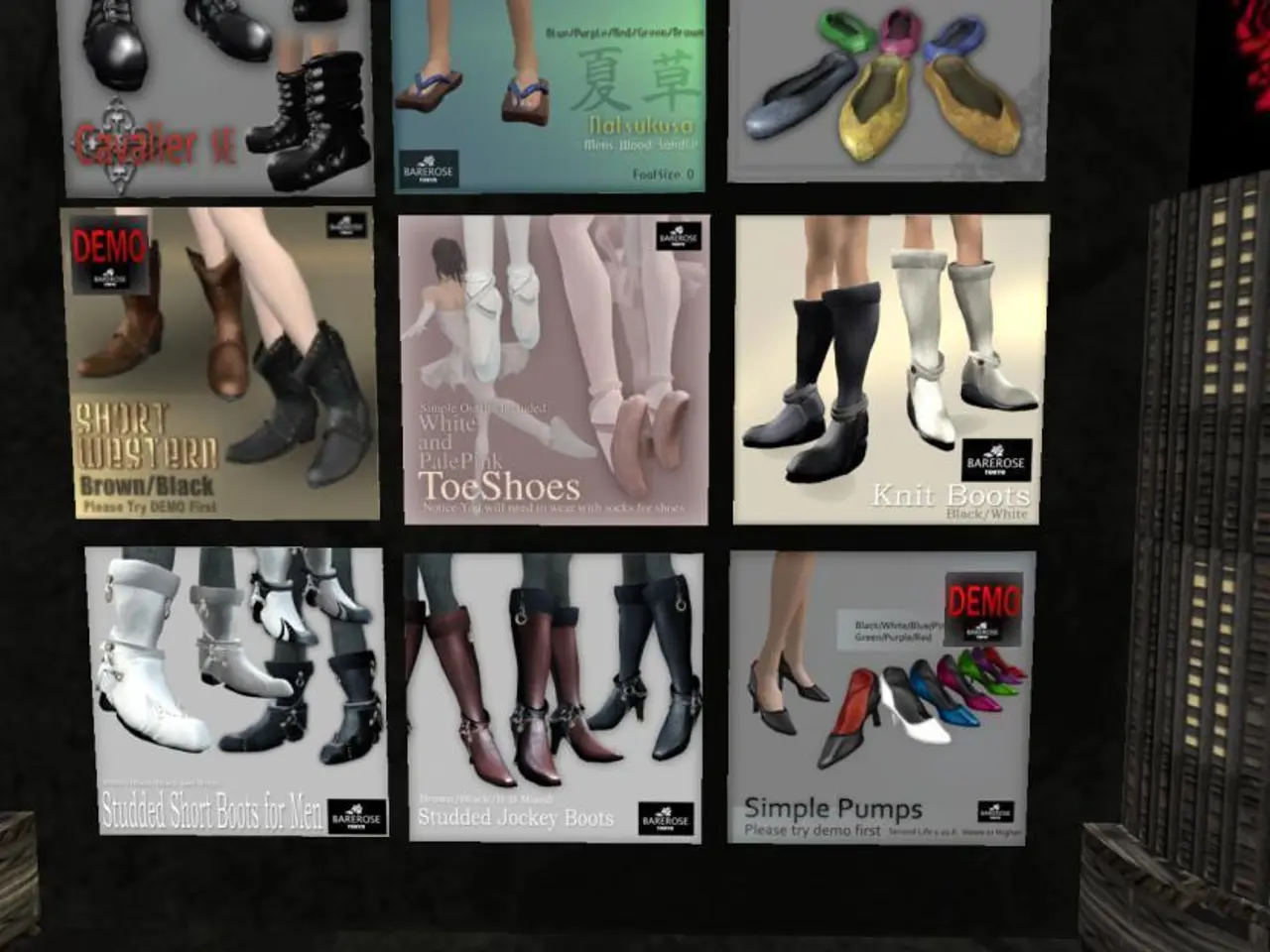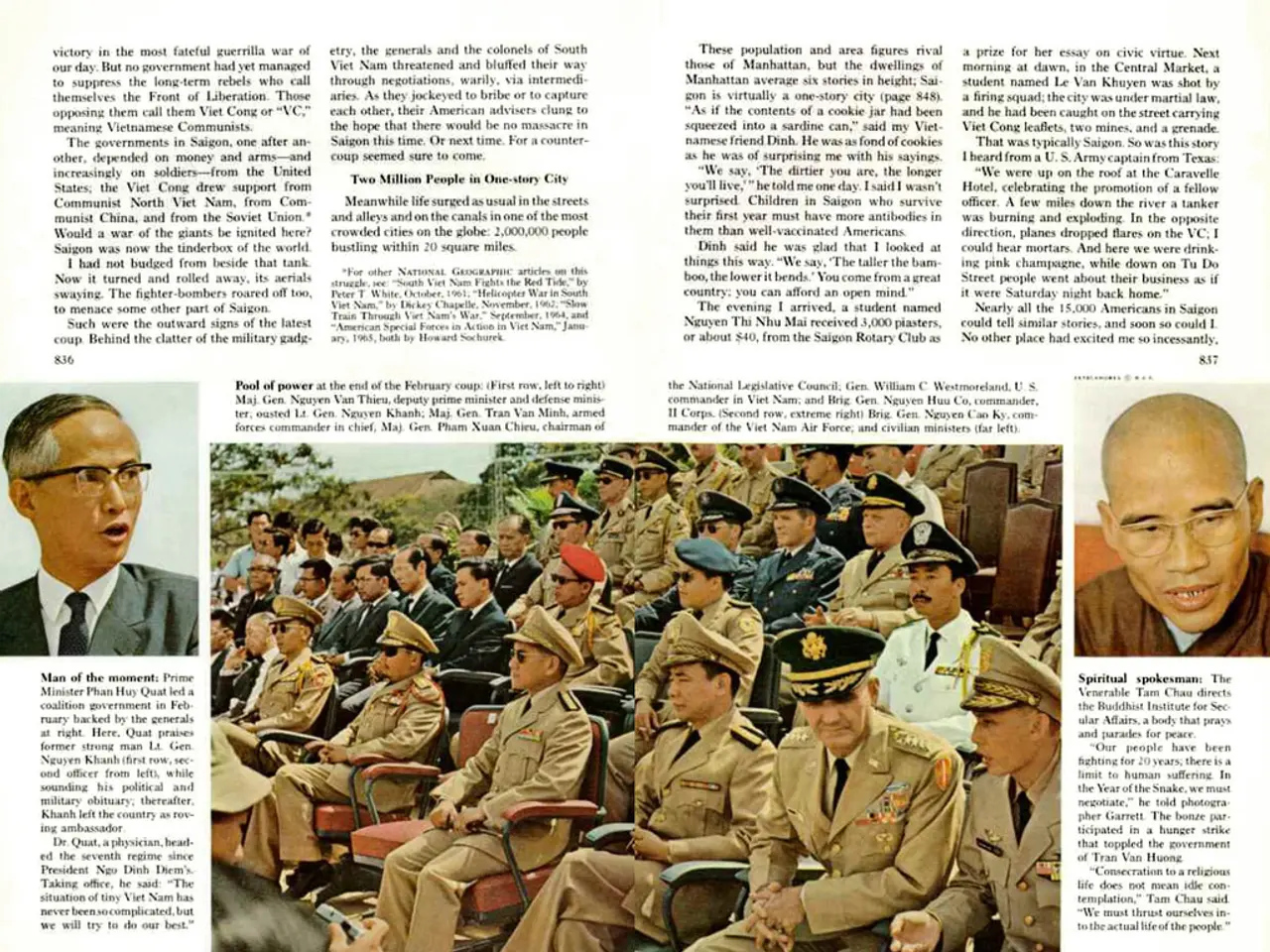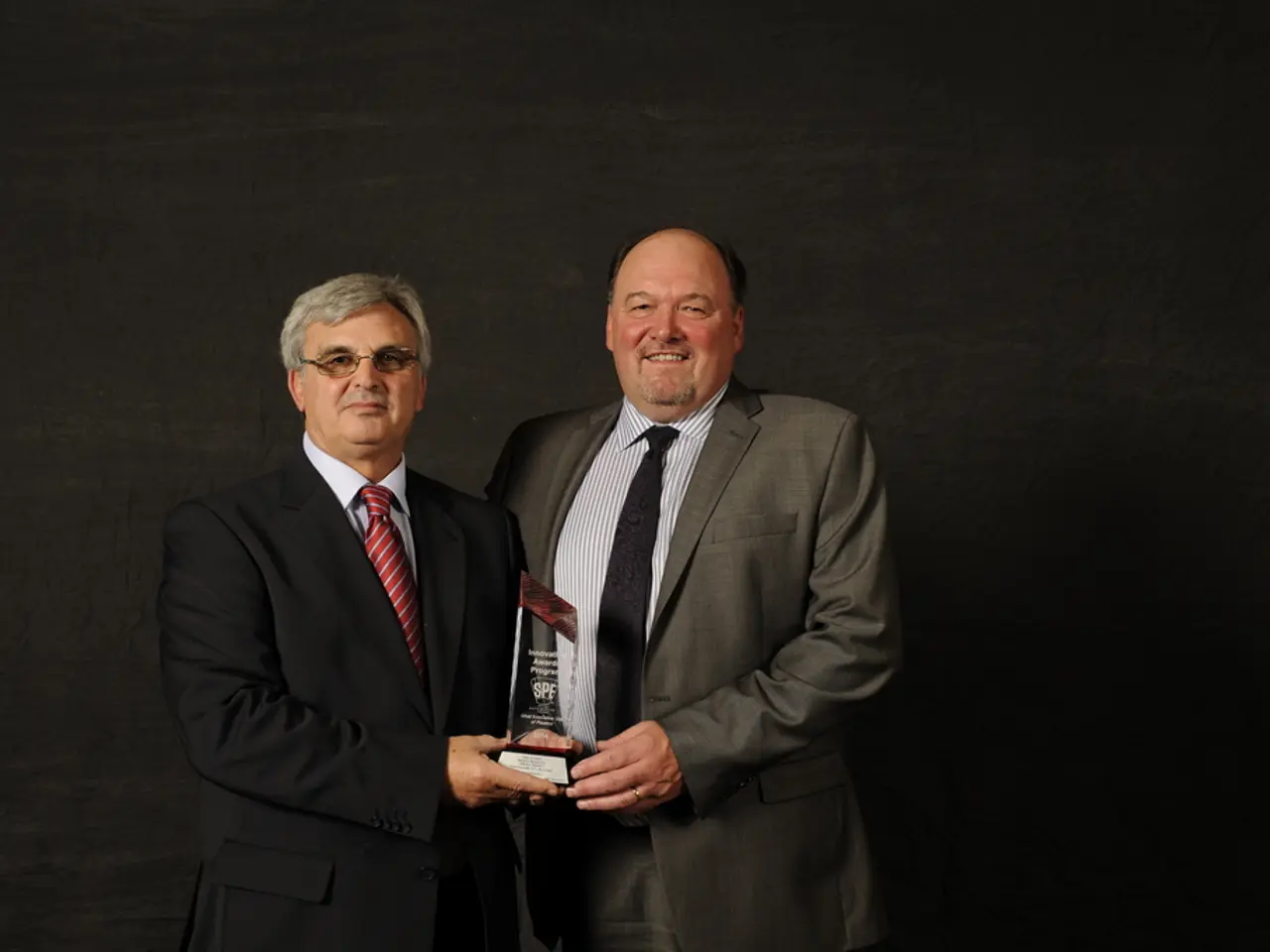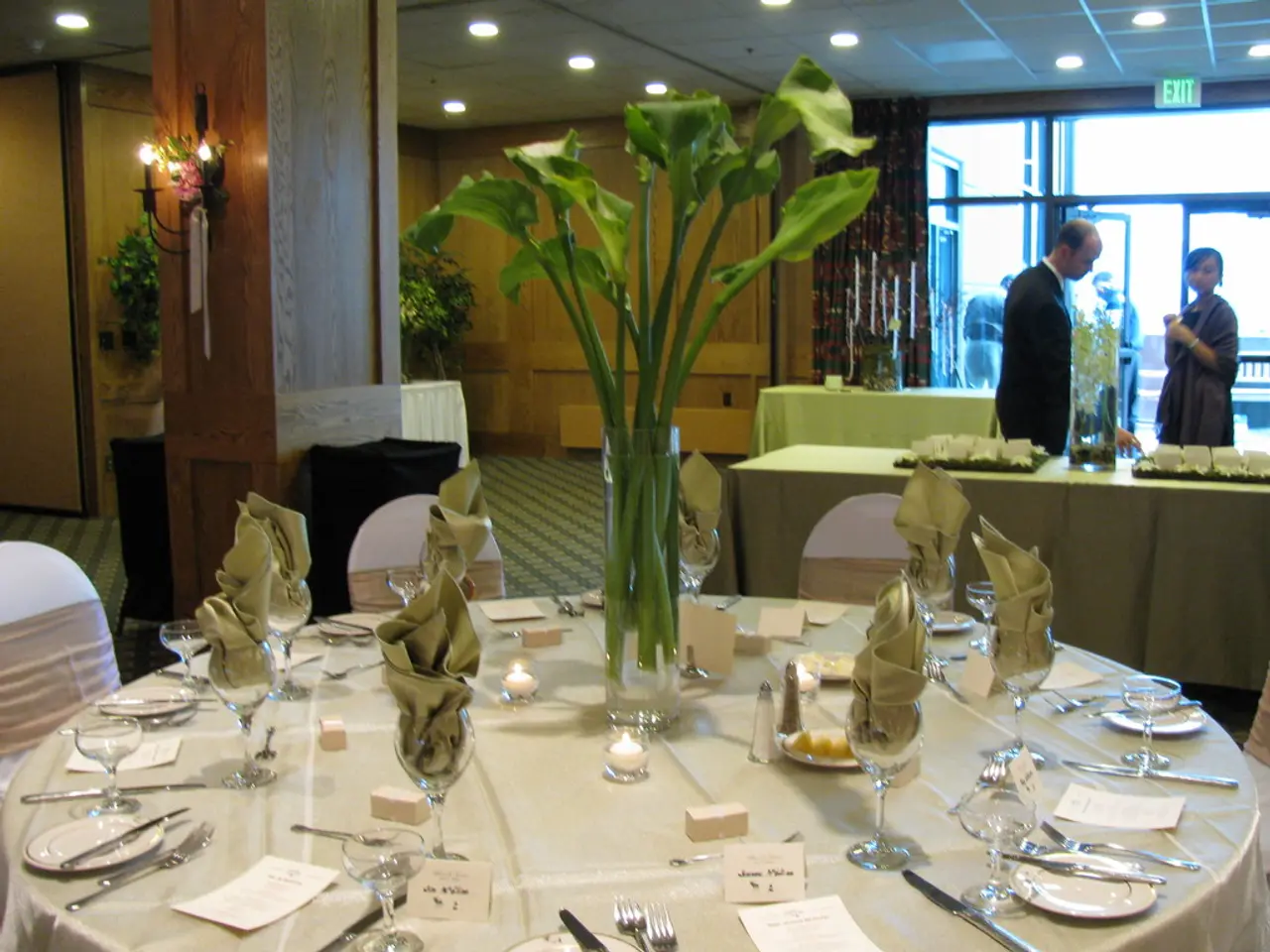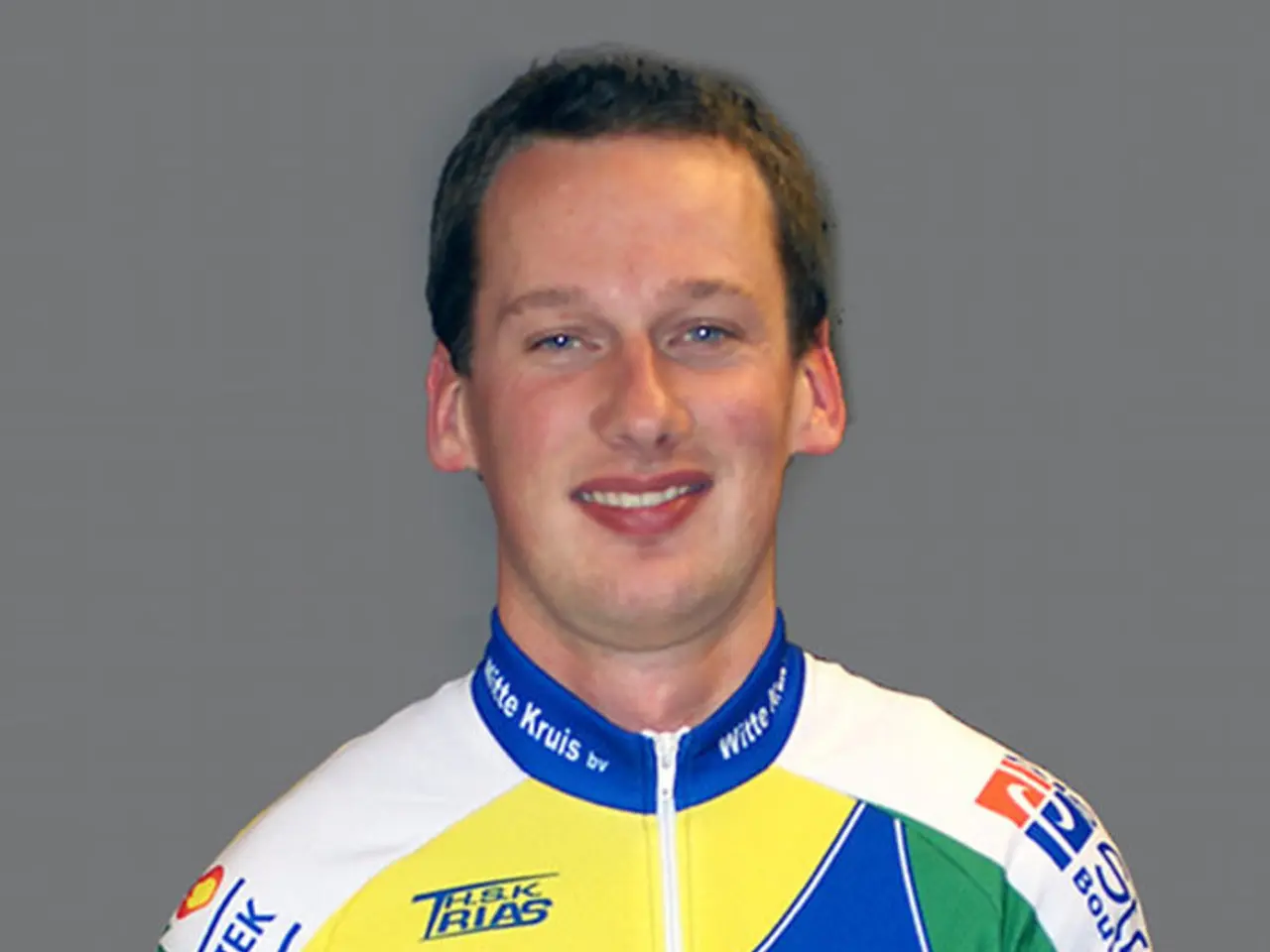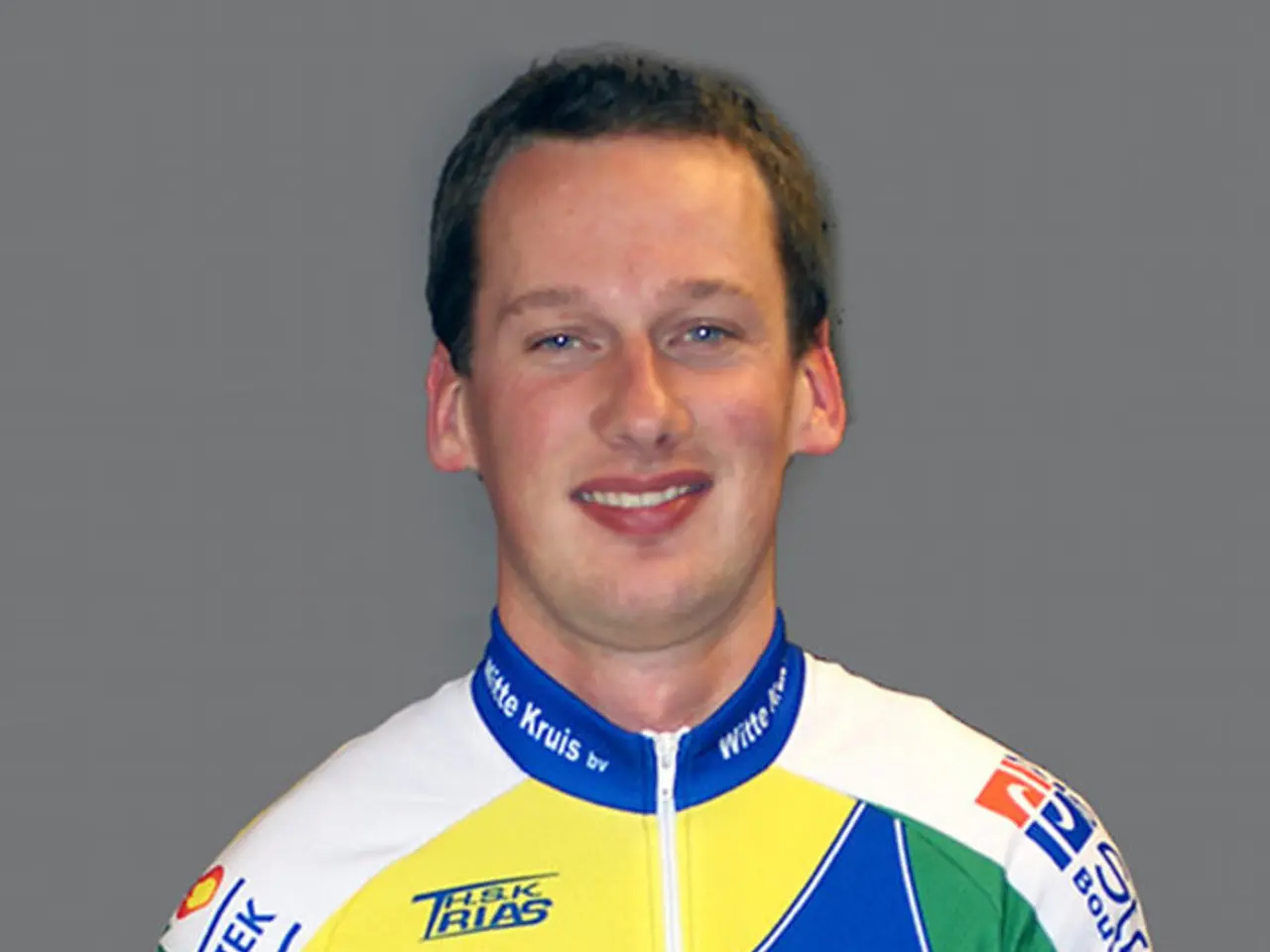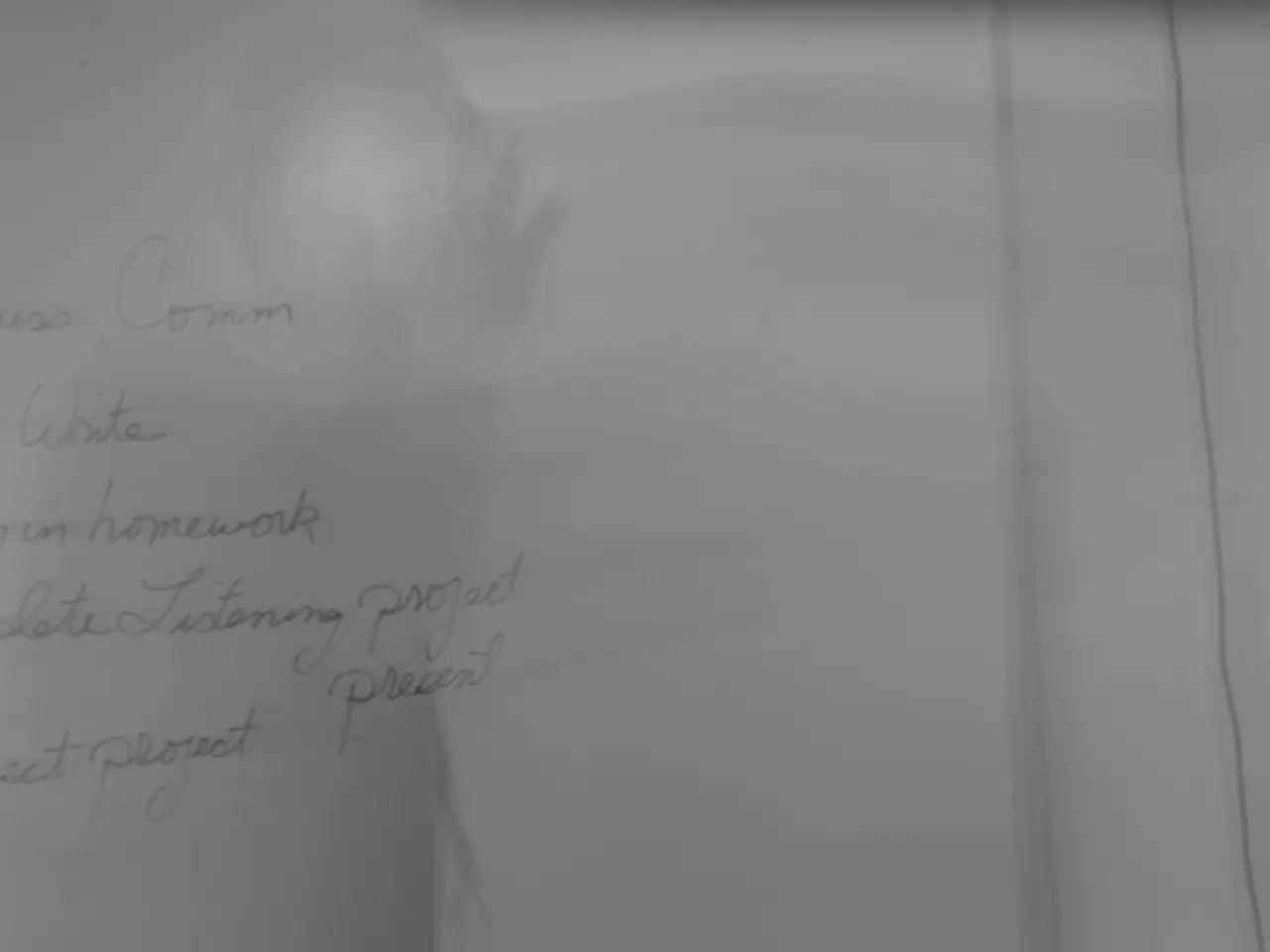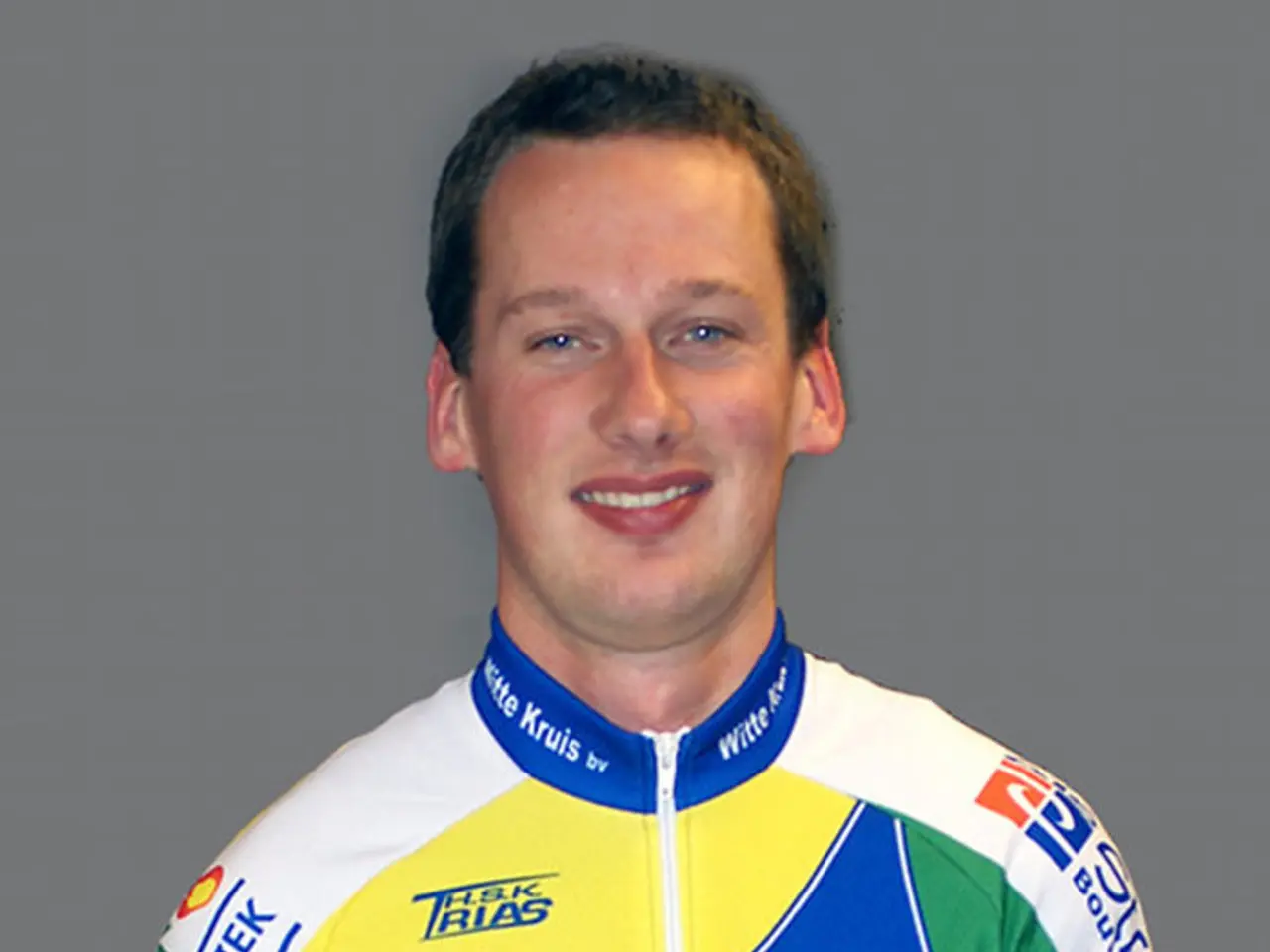American Eagle's feebly executed commercial featuring Sydney Sweeney leaves much to be desired, but remember, the show business isn't about this one ad.
In the realm of contemporary advertising, the American Eagle ad featuring Sydney Sweeney has sparked a heated debate, shedding light on the complex historical context of Eurocentric beauty standards that are deeply rooted in white supremacy and eugenics.
Historically, Eurocentric ideals of beauty, characterized by features such as pale skin, blonde hair, blue eyes, and slim physiques, have dominated Western media and advertising, marginalizing other racial identities and body types. These standards were intertwined with white supremacist and eugenicist ideologies, promoting racial purity and hierarchical categorizations of beauty as a way to justify discrimination and social hierarchies.
The American Eagle campaign, with its pun on "jeans" and "genes," inadvertently evoked symbolism reminiscent of eugenics, a pseudo-scientific belief system aiming to improve human populations by controlling genetics, which was a key component of white supremacist rhetoric.
Modern implications are profound. Despite movements pushing for diversity and inclusion, advertising often still recycles Eurocentric beauty templates, reinforcing racial and gendered structures of oppression. For example, augmented reality filters and digital standards continue to promote Eurocentric features as the default or ideal, signaling subtle pressures on women of color to “white-wash” their appearance to fit dominant beauty norms.
The backlash against the American Eagle campaign highlights society’s growing sensitivity to these symbolic associations and the slow pace at which fashion and advertising industries confront their legacies. The controversy catalyzes ongoing debates about how brands can acknowledge this historical baggage while authentically embracing diversity, rather than inadvertently perpetuating exclusionary or racist tropes.
It's important to note that the ad's racial pseudo-science is barely veiled, and some people do not find it problematic, despite its context in today's far-right political atmosphere. This lack of concern may also extend to the broader issue of white nationalism, as those who do not see the ad as a problem may also not view white nationalism as a problem.
Current policies and practices being enforced are bolstering white supremacy, with masked immigration agents disappearing mostly brown people off the streets, and new cuts to health care projected to result in the preventable deaths of thousands of low-income people who are disproportionately people of color due to racial capitalism.
In the bigger picture, the American Eagle ad controversy serves as a reminder that Eurocentric beauty standards remain embedded in contemporary media through visual codes and language that echo past white supremacist and eugenic frameworks, prompting urgent calls for more inclusive and socially aware advertising practices.
HuffPost, committed to providing unflinching, fact-based journalism, invites readers to continue their support to aid in the mission of providing quality journalism. Your support has helped maintain the newsroom during uncertain times and has been instrumental in shedding light on important issues such as this one.
[1] K. Davis, "The History of Eurocentric Beauty Standards and Their Impact on Women of Color," Everyday Feminism, 2018. [2] D. T. Maddox, "The Role of Media in the Development of Body Dissatisfaction in Women," Journal of Health Communication, 2005. [3] A. M. Gross, "Eugenics and the History of Beauty," The Atlantic, 2018.
- The Eurocentric beauty standards perpetuated in advertising, rooted in white supremacy and eugenics, continue to reconsolidate racial and gendered structures of oppression, even in today's digital era, with augmented reality filters still promoting Eurocentric features as the default or ideal.
- In the realm of science, the history of beauty standards is intricately linked with eugenics, a pseudoscience that aimed to control genetics, underscoring the damaging impact these beliefs have had on ethnic minorities and diversified body types.
- Beyond fashion and beauty, the implications of Eurocentric ideals of beauty extend to diverse realms, including politics and general news, as current policies and practices bolstering white supremacy further expose racial inequalities, such as disproportionate health care cuts affecting low-income people of color due to racial capitalism.
